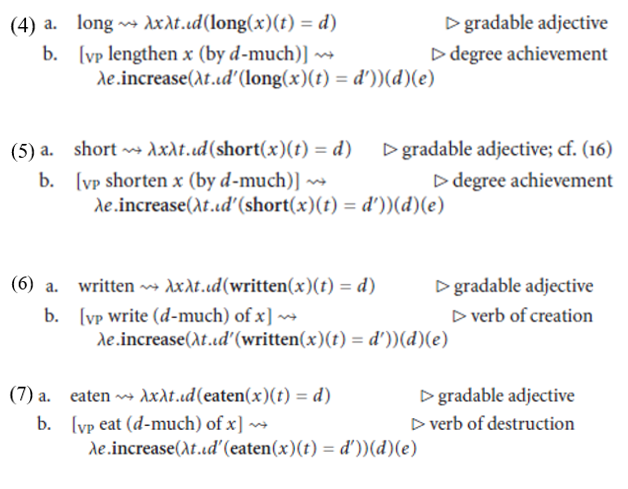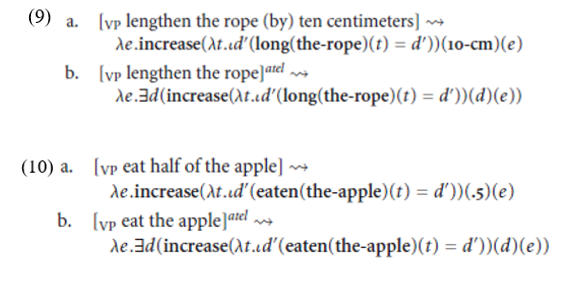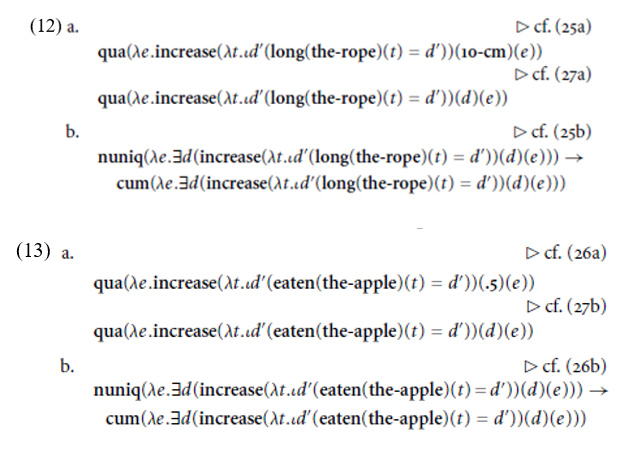

Grammar


Tenses


Present

Present Simple

Present Continuous

Present Perfect

Present Perfect Continuous


Past

Past Continuous

Past Perfect

Past Perfect Continuous

Past Simple


Future

Future Simple

Future Continuous

Future Perfect

Future Perfect Continuous

Passive and Active


Parts Of Speech


Nouns

Countable and uncountable nouns

Verbal nouns

Singular and Plural nouns

Proper nouns

Nouns gender

Nouns definition

Concrete nouns

Abstract nouns

Common nouns

Collective nouns

Definition Of Nouns


Verbs

Stative and dynamic verbs

Finite and nonfinite verbs

To be verbs

Transitive and intransitive verbs

Auxiliary verbs

Modal verbs

Regular and irregular verbs

Action verbs


Adverbs

Relative adverbs

Interrogative adverbs

Adverbs of time

Adverbs of place

Adverbs of reason

Adverbs of quantity

Adverbs of manner

Adverbs of frequency

Adverbs of affirmation


Adjectives

Quantitative adjective

Proper adjective

Possessive adjective

Numeral adjective

Interrogative adjective

Distributive adjective

Descriptive adjective

Demonstrative adjective


Pronouns

Subject pronoun

Relative pronoun

Reflexive pronoun

Reciprocal pronoun

Possessive pronoun

Personal pronoun

Interrogative pronoun

Indefinite pronoun

Emphatic pronoun

Distributive pronoun

Demonstrative pronoun


Pre Position


Preposition by function

Time preposition

Reason preposition

Possession preposition

Place preposition

Phrases preposition

Origin preposition

Measure preposition

Direction preposition

Contrast preposition

Agent preposition


Preposition by construction

Simple preposition

Phrase preposition

Double preposition

Compound preposition


Conjunctions

Subordinating conjunction

Correlative conjunction

Coordinating conjunction

Conjunctive adverbs


Interjections

Express calling interjection


Grammar Rules

Preference

Requests and offers

wishes

Be used to

Some and any

Could have done

Describing people

Giving advices

Possession

Comparative and superlative

Giving Reason

Making Suggestions

Apologizing

Forming questions

Since and for

Directions

Obligation

Adverbials

invitation

Articles

Imaginary condition

Zero conditional

First conditional

Second conditional

Third conditional

Reported speech


Linguistics

Phonetics

Phonology


Semantics


Pragmatics

Linguistics fields

Syntax

Morphology

Semantics

pragmatics

History

Writing

Grammar

Phonetics and Phonology


Reading Comprehension

Elementary

Intermediate

Advanced
Kennedy and Levins aspectual account
المؤلف:
CHRISTOPHER PINON
المصدر:
Adjectives and Adverbs: Syntax, Semantics, and Discourse
الجزء والصفحة:
P192-C7
2025-04-23
71
Kennedy and Levins aspectual account
Kennedy and Levin propose that verbs of gradual change, that is, degree achievements and verbs with an incremental theme, be analyzed with the help of a certain three-place relation between individuals, degrees, and events that is based on a predicate increase and a gradable predicate constant G, as seen in (1a). The definition of increase, a four-place relation between gradable predicates, individuals, degrees, and events, is given in (1b).

The gradable predicate constant G denotes a function that takes an individual x and a time t and yields the degree d to which G holds of x at t. This can be made more explicit with the help of the iota operator:1

This, in turn, allows for a more explicit rendition of the formulas in (1)

In prose, the definition in (3b) states that the degree to which the gradable predicate constant G holds of the individual x increases by the degree d in the event e just in case the degree to which G holds of x at the end of e is equal to the degree to which G holds of x at the beginning of e plus d. In other words, d, the so-called degree of change, signals the increase in the degree to which G holds of x in e. Note that the degree of change is always a positive degree.
Kennedy and Levin’s idea is that the relation in (3a) constitutes the common semantic element between degree achievements and verbs with an incremental theme – what differs is merely how G is instantiated. In each case, the meaning of the verb of gradual change is based on the meaning of a corresponding gradable adjective that instantiates G. As an illustration, two VPs containing a degree achievement are analyzed in (4) and (5), and two containing a verb with an incremental theme are represented in (6) and (7).

Notice that just as the meaning of shorten is based on the meaning of short, which denotes a function from individuals and times to (negative) degrees (short(x)(t) “the degree to which x is short at t”), the meaning of eat is based on the meaning of eaten, which likewise denotes a function from individuals and times to (negative) degrees (eaten(x)(t) “the degree to which x is eaten at t). Furthermore, given the definition in (19b), the formulas in (4b), (5b), (6b), and (7b) reduce to the following:

As Kennedy and Levin observe, the degree of change is not always syntactically expressed. In the case of degree achievements, it may be expressed by an explicit measure expression, as in (9a)2 and (10a), but it may also remain implicit, as in (9b) and (10b), where it is existentially bound inside the VP.3

Kennedy and Levin also allow for the degree argument to remain free inside the VP (and possibly existentially bound from outside it), in contrast to the setup in (9b) and (10b), where it is existentially bound inside the VP. The degree argument remains free within the VP in the following variations on (9b) and (10b):

Observe that the event predicate representing the VP is quantized if the value of the degree argument is fixed within the VP:

For instance, consider the statements in (12). The event predicate in (9a) is quantized because any event in which the rope is lengthened by ten centimeters lacks a proper subevent in which it is lengthened by ten centimeters – in any proper subevent, it is at most lengthened by less than ten centimeters. Similarly, the event predicate in (11a) is quantized because any event in which the rope is lengthened by d-much lacks a proper subevent in which it is lengthened by d-much, where the value of d is implicit but fixed for the VP. In contrast, the event predicate in (9b) is cumulative – provided that it is nonunique – because the sum of any two events in which the rope is lengthened by some amount d is also an event in which the rope is lengthened by some (greater) amount d, where the value of d may vary with each event chosen. The reasoning behind the statements in (13) is analogous.
1 Kennedy and Levin do not make use of the iota operator. However, although a syntactic addition, the iota operator does not add anything on the semantic side that they are not already committed to. Once the logical language contains function symbols (e.g., G in 17b), issues of definedness arise, and so it is not the use of the iota operator in combination with function symbols that raises them.
2 A lingering worry is how the meaning of the term 10-cm for (by) ten centimeters in (25a) relates to the scale of length, which is closed at 0 and open at 1. Strictly speaking, positive degrees in this case should be intervals in [0, 1). For this to be intelligible, the length of ten centimeters should correspond to a positive degree in [0, 1), yet it is not evident which degree this should be. Although there may be a straightforward reply to this worry, it is at the same time easy to suspect that degrees in Kennedy and Levin’s account actually play a double role, as (i) indicators of degree of realization and (ii) measurements of particular extents. The question of degree addition is less problematic if the latter is the intended role for degrees. The resolution of this worry in the approach that I propose in section 8.3 consists in sharply distinguishing these two roles.
3 The superscript “atel” in (9b) and (10b) simply serves to mark the atelic interpretation of the VPs in question, thereby distinguishing them from those in (11a) and (11b) below, which are telic (and marked with “tel”).